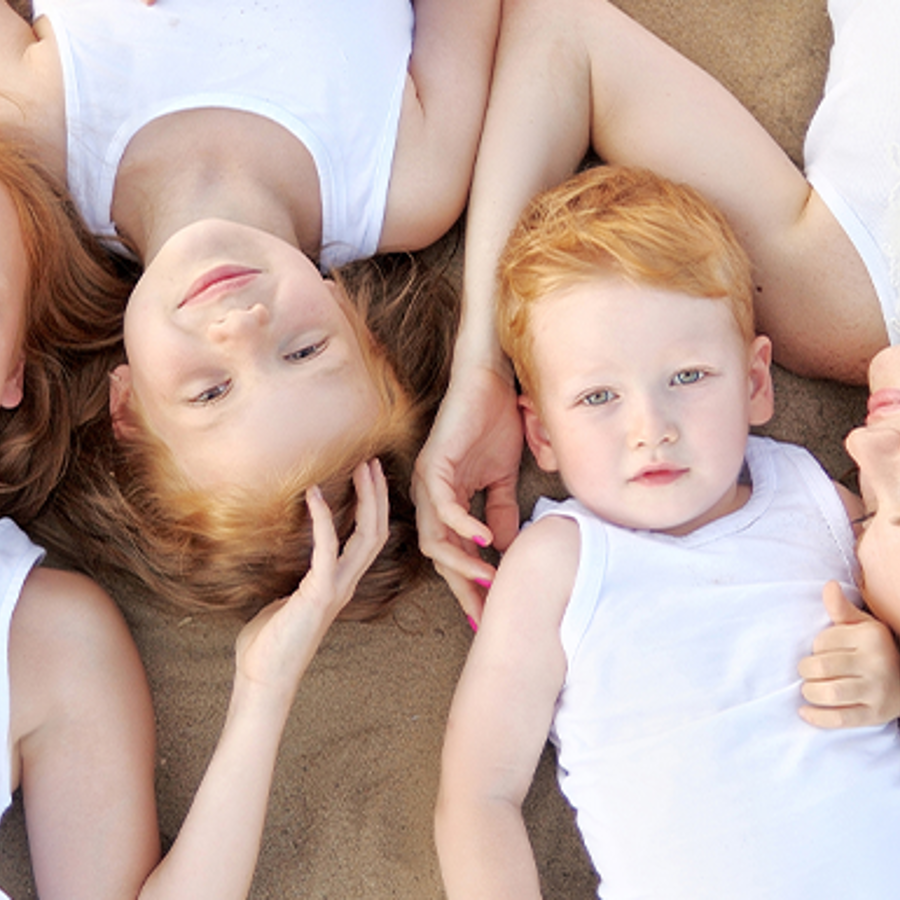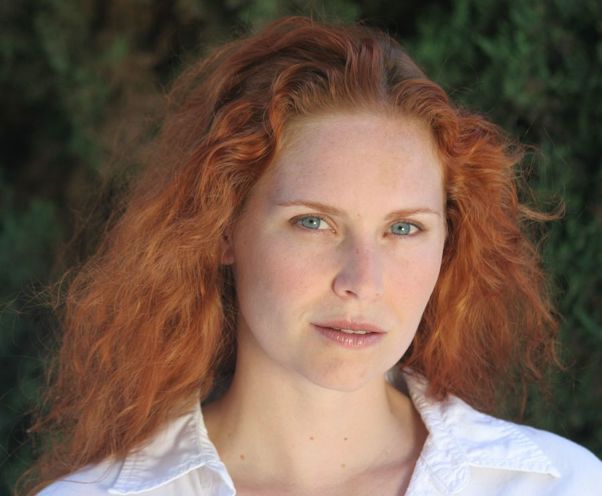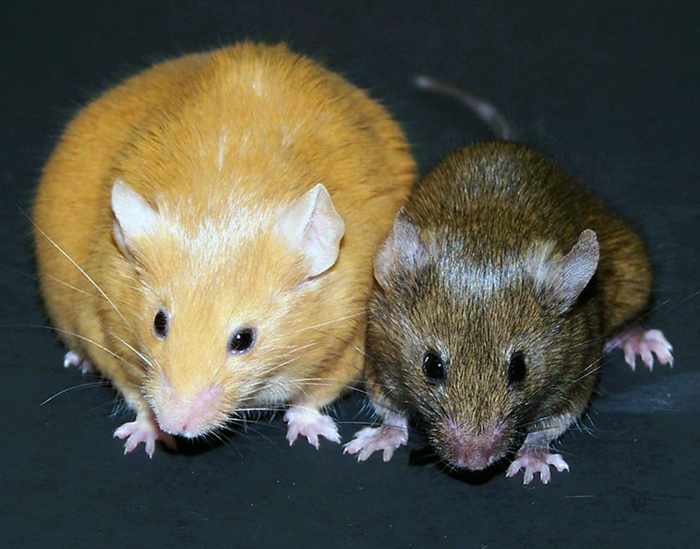
Why does red hair come in so many different shades?
September 8, 2006

- Related Topics:
- Red hair,
- Hair color,
- Pigmentation traits,
- Complex traits
A curious adult from Ireland asks:
"My husband has bright orangey red hair with thick tight curls. I have stick straight Auburn hair (although as a child it went from a light strawberry blonde to a flaming red orange, slowly darkening to my auburn colour). I’ve heard that 2 redheads can only have redheaded children. So far, seems true - although all are different. Our first has soft curls, bright orange. Our second has straight, auburn. Our third really straight, light strawberry blonde. If we have more will they be redheads too? Why the variations in shades? Is it true 2 redheads can only have redheads?"
Great question. You are right in saying that almost always, two redheads will have kids with red hair.
But as your family shows, this doesn't mean that all of the kids will have the same shade of red. They can have strawberry blonde, almost orange, auburn and mixtures of all three.
What do all these hair colors have in common? A pigment called pheomelanin.
Our bodies make at least two different pigments, eumelanin and pheomelanin. It is the amount of each of these that determines hair color.
Blonde hair has just a bit of eumelanin. Brown has more and black hair has a whole lot of eumelanin.
In the same way, strawberry blonde has just a bit of pheomelanin. And a more orangish redhead has lots of this pigment. Auburn hair makes lots of both pigments.
This is sort of like mixing paints. You start out with white. If you add a little red, then you end up with pink. A little more and you have red. Add a little brown and you have auburn.
How does the body know how much pigment to make? And which ones? Genes of course.
There is a single gene that can determine whether someone will have red hair. This gene is called MC1R.
People who don't have red hair convert most of their pheomelanin to eumelanin using MC1R. No pheomelanin means no red hair.
In redheads, the MC1R gene no longer works resulting in a build up of pheomelanin. So they end up with red hair and freckles.

MC1R helps explain which pigment gets made. Other genes decide how much gets made.
Now these other hair color genes are not as well understood as MC1R. But here is one idea of how they might work.
Imagine that each of these other hair color genes comes in two forms--either on or off. When the genes are on, they make some pigment and when they are off, they don't make anything.
So the more genes that are turned on, the more pigment gets made and the darker the hair. In our analogy, having more genes turned on is like adding more dye to our bucket of paint. Each on gene adds a bit more dye.
Someone with strawberry blonde hair inherits two broken MC1R genes and only a few of the on form of the other hair color genes. Someone with darker red hair inherits the broken MC1R genes but more of the on genes.

What about your case in particular? Let's say that there are four genes that determine how dark someone's hair is. Remember you get one copy of each gene from your mother and one from your father giving you a total of eight copies of these hair color genes.
If one of these hair color genes is on, we'll represent it with H and if it is off, we'll represent it with h. Using this system, someone with very dark hair would be HHHHHHHH and a very light haired person would be hhhhhhhh.
You said you have auburn hair and your husband has red-orange hair. Let's say you are HHHHHHhh and your husband is HHHHhhhh.
Remember, your kids will get 4 copies of the gene from each of you and that the number of on genes adds up to give a hair color. And which four they get is random.
So in theory, a child could be anywhere between HHhhhhhh (strawberry blonde) to HHHHHHHH (very dark red hair). The child with auburn hair inherited mostly H's. The strawberry blonde, mostly h's*. And the oranger haired child inherited some of each.
And this is how it works for people who don't have red in their hair too. Only these genes are determining how much eumelanin is in the hair, not pheomelanin.
So hair color is like mixing paint. The MC1R gene determines if red will be added or not. Other genes decide how much dye to add to the paints.
All of these genes work together to determine how much red and how dark the hair should be. Hopefully soon we'll have a better handle on the genes that decide how much pigment to add. Then we'll have a more complete story of how hair color works.
*The hair of the child with strawberry blonde hair may darken over time as yours did. Click here to learn more about how this might work.

Author: Dr. D. Barry Starr
Barry served as The Tech Geneticist from 2002-2018. He founded Ask-a-Geneticist, answered thousands of questions submitted by people from all around the world, and oversaw and edited all articles published during his tenure. AAG is part of the Stanford at The Tech program, which brings Stanford scientists to The Tech to answer questions for this site, as well as to run science activities with visitors at The Tech Interactive in downtown San Jose.
 Skip Navigation
Skip Navigation
